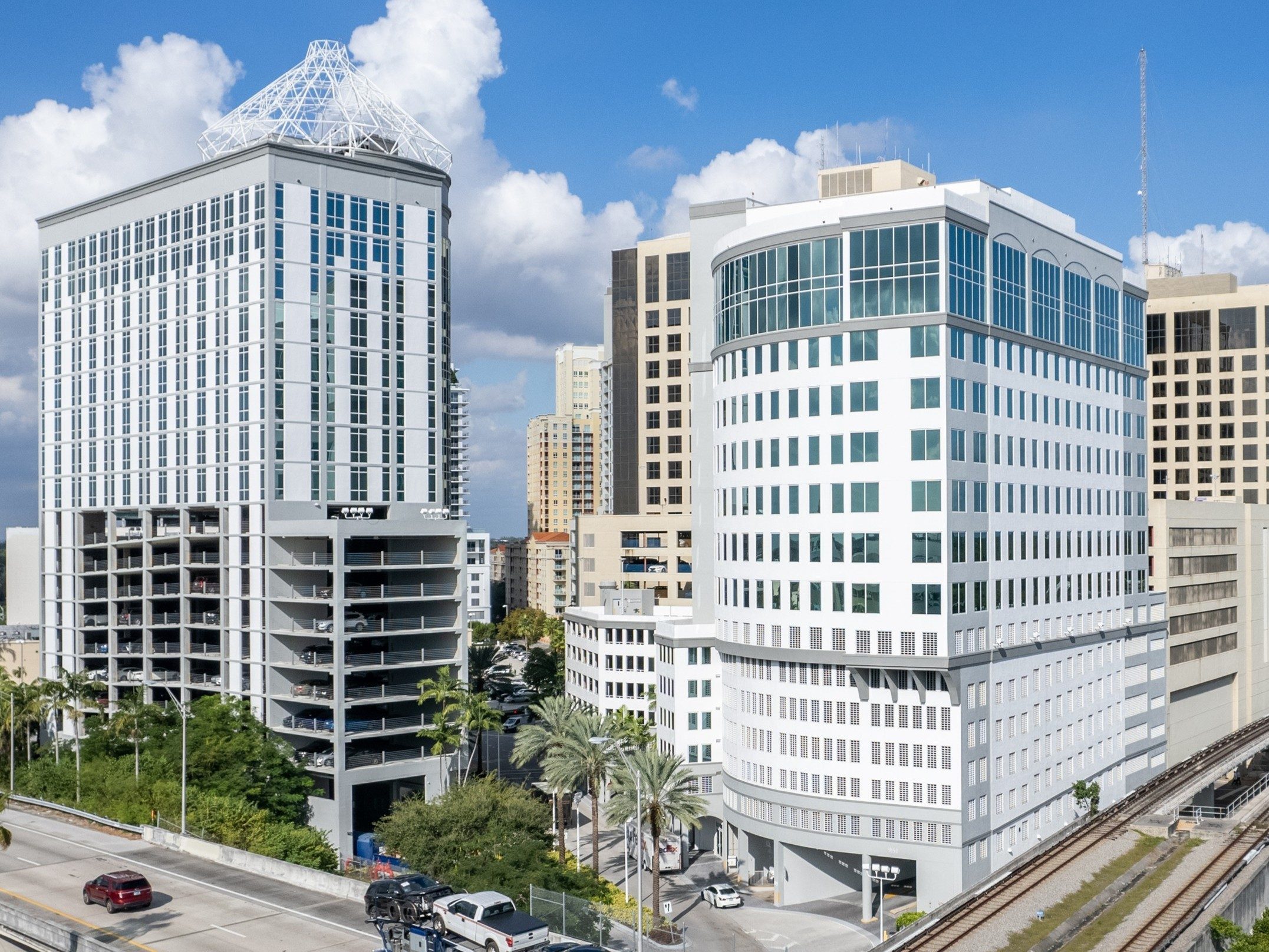What’s Next for the Office Market
Insights from experts on how shifting tenant preferences will impact the sector this year and beyond.
As the first months of the coronavirus pandemic dragged on, real estate felt the impact from shutdowns and stay-at-home orders almost immediately. For the office sector, that meant a steep drop in leasing volume and occupancy, as well as a tipping point for the supply and demand scale.
Encouraging progress with coronavirus vaccines sent stocks surging in early November and offered a light at the end of the tunnel for what a potential recovery could look like. But with cases at an all-time high during the recent resurgence, the winter season here and much uncertainty still on the table, what will office leasing look like this year and beyond?
READ ALSO: Office Absorption to Recover in 2022, NAIOP Predicts
To find out, we spoke with brokers and other commercial real estate experts, who weighed in on where we are compared to last year, and what they expect from 2021.
Market upheaval
Since the onset of the COVID-19 pandemic, office leasing activity has fallen significantly across the U.S. According to CBRE, during the second quarter alone, nationwide office leasing fell by 21.5 million square feet.
In New York City—one of the nation’s largest office markets, with more than 500 million square feet of space— leasing volume in the central business district dropped to historic lows. During the first nine months of 2020, office space hit roughly 15 million square feet. By comparison, 43 million square feet was leased during 2019, according to data from Colliers International.
“We are on pace for the full year 2020 to have more than a 50 percent drop-off year-over-year and be the slowest year of leasing volume in Manhattan so far this century,” Frank Wallach, senior managing director of research at Colliers, said late last year. “That scale of drop-off is not something we’re accustomed to, even in markets of economic fluctuation.”
Not only is leasing volume down, but the length of deals has shortened, renewals have taken a much larger share of overall activity, and the sublease market has jumped to new highs, with JLL estimating a potential 150 million square feet of availability by the end of 2020, according to a third-quarter analysis.
New tenant demands
As market fundamentals shifted dramatically, many tenants—while also more concerned with health and safety than ever before—looked to capitalize on favorable conditions.
“Tenants are more aggressive than they’ve ever been,” said Ian Anderson, a senior director of research at CBRE.
Owners have become increasingly flexible and accommodating, making favorable, cost-effective improvements to their buildings—such as installing better air-handling systems or integrating UV lights designed to kill viruses—to attract tenants.
READ ALSO: ULI, EY Predict ‘Ecosystem’ of Workplaces
“For the first six months of the crisis until September, owners were holding onto a lot of hope it would pass,” said Anderson. “They were being pretty stubborn, and you didn’t see much flexibility in terms of rents, they still felt they had a lot of leverage with tenants. But that’s really started to falter over the last couple months.”
Matt Leon, executive managing director of commercial leasing at Newmark, said he hasn’t seen many landlord concessions in Manhattan. What he has seen tenants look at is the opportunity to upgrade buildings, to the extent that it will help bring their employees back to the office.
“A lot of buildings have been amenitized now,” he said. “I think there’s a whole overall look to reinvent yourself in a better building or reimagine your space in a better environment.”
Leon mentioned conversations with “quite a few” tenants to restructure their current leases or extend them, something he said could be a “win-win” if done right. “Landlords can retain tenants and tenants get accelerated concessions,” he added.
In the Northern New Jersey office market, NAI Hanson broker Judy Troiano has seen landlords consider shorter lease terms, particularly two- and three-year leases. “I think the real challenge for (landlords) now isn’t free rent or discounts, it’s the short-term lease conjunctions with construction costs at an all-time high. It leaves them struggling to make the deal pencil out.”
Brokers adjust
Leasing professionals had to adapt quickly during the unpredictable and unprecedented year that was 2020. Much of the conversation tended to focus on tenants in the market and owner flexibility and concessions, but tenants need to be willing to pivot as well, said Troiano. Moving forward, flexibility will be essential to how both landlords and tenants approach office leasing.
“At the end of the day, it’s not rocket science,” said Troiano. “It’s a matter of bringing two people to the table and satisfying the majority of both their needs. The needs just simply have changed for tenants.”
READ ALSO: Tech Tenants Remain Biggest Force in Office Leasing
For Leon, being an office leasing broker during the pandemic has turned out to be a rewarding experience.
“Now a broker is more of a consultant for clients,” he said. “Everyone will try to speak with you and come up with a plan. We’re busy, it’s just a different busy than in previous cycles. You have to be a little more detailed, there’s little more handholding.”
Looking ahead
Many in the industry are optimistic about the economy rebounding and taking off in the second half of 2021, following the expected widespread distribution of coronavirus vaccines and potentially more stimulus legislation. However, if that turns out to be true, some expect to see a pullback from companies deciding to keep their spaces for potential expansion, retention or any number of reasons, said CBRE’s Anderson.
With uncertainty still the name of the game, one thing that insiders agreed on for certain is that some variation of work from home will still be in demand.
READ ALSO: Four Tips for Lowering Occupancy Costs in the Office Sector
“In the near term, less space will be leased and that will make it hard for landlords to push rents and hold strong negotiating positions,” said Anderson.
What could buffer some of that pain is the potential for economic recovery next year, he added. And if the competition for space heats up, tenants looking to expand will reduce the negative effects of the work-from-home trend.
“It’s complicated, it’s unfolding, but we know sentiment has changed,” Anderson concluded.












You must be logged in to post a comment.